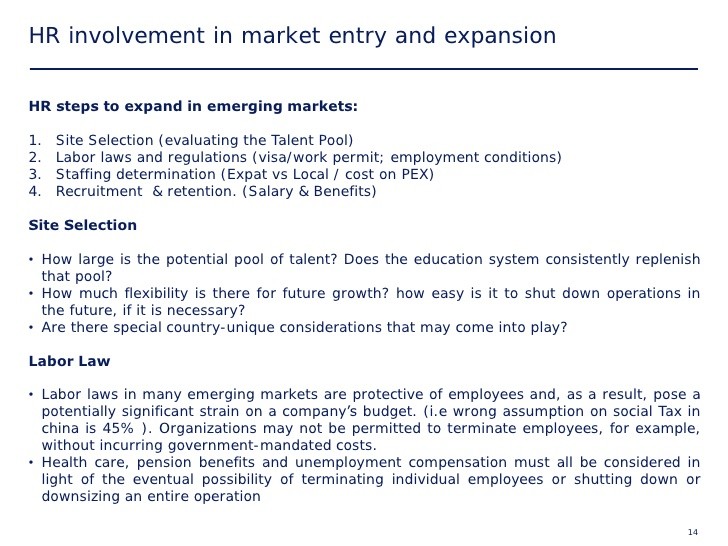An Evaluation Of Emerging Markets_1
Post on: 8 Апрель, 2015 No Comment

Emerging Markets Full Spectrum Bond Strategy
Over the last several years, and in particular since the 2008 financial crisis, emerging markets have become more prominent contributors to global economic growth. Many developed markets – looked to as more traditional investment havens – are facing slower growth, challenging demographics, and deteriorating credit quality. In addition, prospective returns in many developed markets are relatively low, forcing investors to look elsewhere for potentially higher returns.
Despite being subjected to the headwinds of lackluster growth in the industrialized countries, emerging markets generally offer significantly higher growth rates, more supportive demographics, and improving credit quality. Many EM countries have cleaner balance sheets (i.e. less debt) than their developed market counterparts which affords them greater policy flexibility to respond to a fluid global environment. Importantly, these stronger initial conditions are coupled with potentially higher returns. The emerging markets have evolved from being a collective of defaulted sovereigns, and now offer diversity by issuer and type of asset class. For example, there are riskier, higher-yielding countries and those that have credit ratings rivaling some of the world’s wealthiest nations. There are also natural resource-rich, export-oriented countries and others with more production, or service-based economies. Initial conditions – such as U.S. dollar reserves, debt-to-GDP levels and inflationary pressures – vary widely among emerging markets. In addition, policy prescriptions and preferences – from interest rate cuts to exchange rate intervention and fiscal reforms – are also mixed.

The breadth and depth of asset types on offer have also increased. Sovereigns have realigned their sources of financing to tap domestic savings, helping to propel local currency-denominated opportunities to a size that now dwarfs hard currency sovereigns. Emerging market corporate bonds have matured and challenge the value proposition of sovereign debt in some cases. To add to the complexity, return drivers for each asset class vary as well. U.S. Treasury interest rates might dominate sovereign spreads (or vice-versa) in driving U.S. dollar-denominated sovereign or corporate bond returns in any given period; local interest rate changes or local currency moves could take turns driving local bond performance. Any of these factors might push one asset class to the top of the group one quarter and drive it toward the bottom the next.














